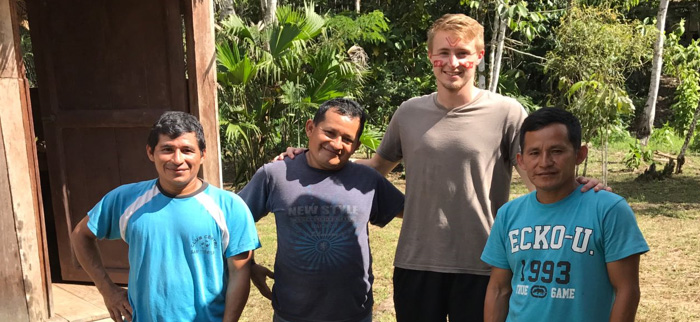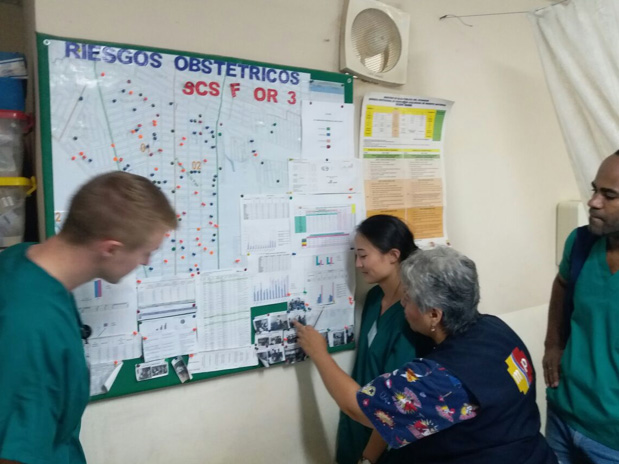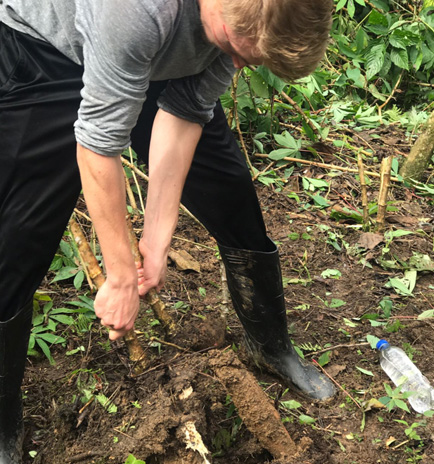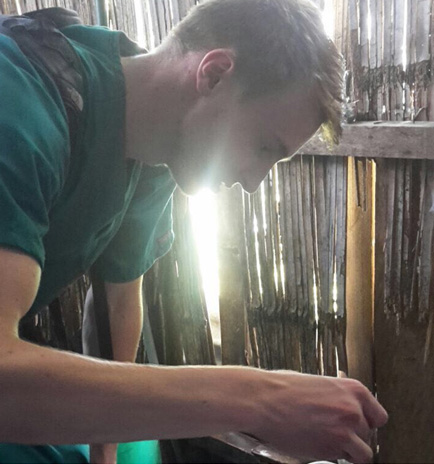Garrett Mayo

Ecuador, Child Family Health International
Summer 2017
I spent a month exploring Ecuador and its health system in order to further my knowledge and appreciation of community and global medicine. While immersing myself in the rich culture and sometimes challenging language, I was inspired by the health care system and passion of the health care workers, affirming my desire to practice community health in similar ways.
The first week of the program was spent observing health clinics in slum-like areas of Guayaquil, the nation's largest city. These surprisingly small but diverse clinics provided essential care, including family consults, obstetrics, dentistry, vaccinations, as well as strong community outreach and health education activities. My first few days were spent shadowing a doctor and team of techs as they walked the local zone of 50,000 people and sought out high risk patients that needed or lacked attention. This style of proactive outreach, combined with clinic activities, such as health seminars and exercise dance classes, inspires me to pursue a career in community outreach and education, whether in the US or abroad.

In the health clinic of Guayaquil; a board to monitor pregnant patients, including risk level.
The second week in this large city was spent following public health workers tasked with vector control of mosquito borne diseases. This included surveying a similarly poor community about their knowledge of mosquitos and dengue fever. Here I was able to personally administer surveys to citizens of these communities as we examined their houses. The mutual respect that health care workers and citizens had for each other was admirable, even in a population where health education and western medicine is less prominent.
From Guayaquil, our group went to Puyo, a small town near the Amazon that had a new hospital and was close to the indigenous Amazonian communities. After spending a day touring the state of the art hospital, four of us embarked on our three day visit with an indigenous community. Several members were tasked with sharing their knowledge and lifestyle, including morning tea sessions before sunrise, farming and hunting logistics, and numerous healing plants used routinely in their community. The opportunity to see a completely natural approach to food and health so ingrained in the community was astounding, and is a perspective that western culture should try to adopt for their communities.


Left: Picking yuca in the Amazon. Right: Looking for mosquito larva in a house bathroom in Guayaquil.
The last week was spent visiting a health clinic two hours away in a smaller town. The challenges near these heavily indigenous farming communities were the large distances between households, the investment in farming labor, and the lack of belief or reliance in western medicine. Thus, not many people came to the facilities, and one of the health workers spent his days walking through the jungle to find families in need of services.
Overall, this trip gave me a diverse look into the free health care system of an improving country. What moved me the most was the amount of work they accomplished with so few resources, as well as the focus on strengthening communities, which I think is essential to a healthy and happy population around the globe.
Back to Top